
 |
|
|||||||||
|
Radio Broadcast Industry |
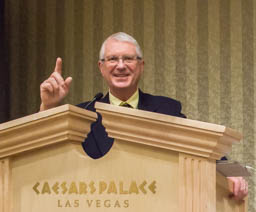 |
|
|
 |
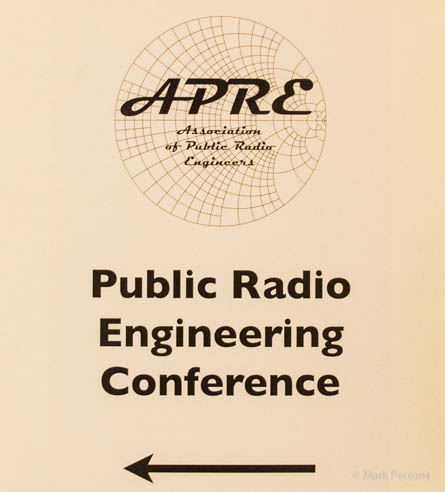 |
|
Friday,
April 4, 2014:
White hair is apparently the signal for being asked to talk to groups. I spoke to the Association of Public Radio Engineers meeting in conjunction with a National Association of Broadcasters convention. About 80 attended to hear about the right and wrong things to do in the broadcast engineering world. Shane
Toven introduced me by saying, "Mark Persons was
born into broadcasting. His father Charlie started as a radio broadcast
engineer in the 1920's. The family owned two radio stations along with way
until Mark went out to build 12 new ones for clients and repair countless others
in 35 years on the road. He continues to mentor younger engineers and does
bench repairs of radio broadcast equipment in his shop. Mark holds the ham call
WØMH and is a writer for Radio World with over 140 articles published in that
magazine and others." |
|
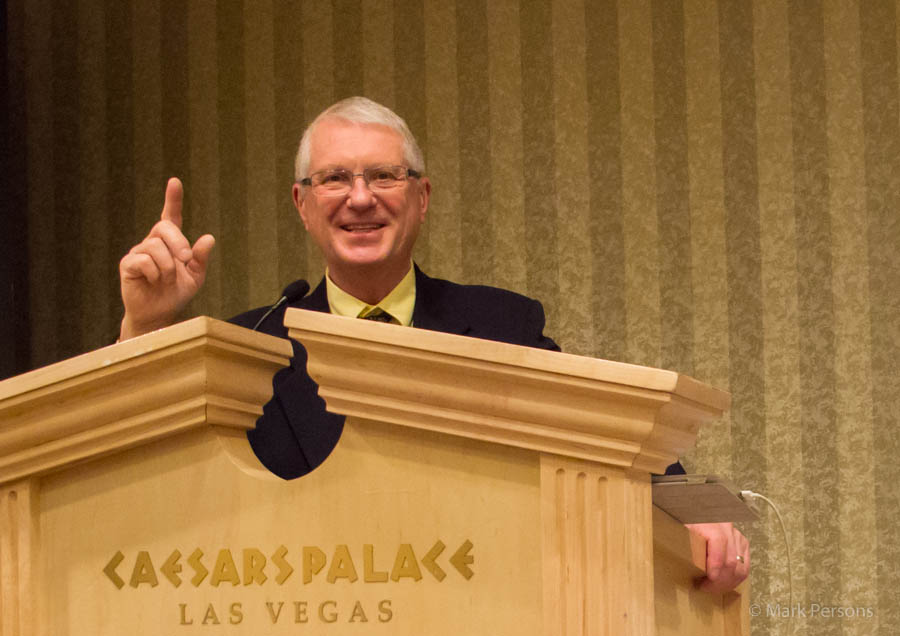 |
|
|
I
started the talk by telling about a university professor and his chauffeur
Frank. The professor was known for giving a marvelous lecture on a
particular subject and was invited to give the same speech at many universities.
This was on the east coast where universities are close enough so the professor
could be driven to each speaking engagement by Frank the chauffeur. On one
such trip, Frank told the professor that he had heard the speech so many times
that even he could give it. They agreed, pulled off the road, changed
clothes, and the professor drove the car to the lecture hall that day.
Frank gave the speech flawlessly. All was good until someone in the
audience stood up and asked a very difficult question. Without
missing a beat, Frank said, "That is such a simple question that even my
chauffeur standing in the corner could answer it!" Fun to get together with engineers. As you know, we engineers converse in a different language than managers. By the way, I will be speaking at the SBE Ennes engineering conference at 10:30 tomorrow morning on a similar topic. How many here have built a Heathkit? It is a good hands-on learning experience. True, there are no Heathkits to be built today, but building something from scratch is a great way to learn. How many here have Amateur Radio licenses? A ham station will help you understand electronics better. True, everything you learn or know about electronics will apply to ham AND broadcast. FCC rules for each service are different, but generating and receiving RF are the same. Knowing which way electrons flow in a wire, so to speak, is understanding the science behind RF. A transmitter is not just a box with black, blue, red, and green parts. It is a "machine" with circuits that work together to take 60 Hz AC power and convert it to RF power. A transmitter is not magic, it is science. The more you know about how circuits work, the better you will be at keeping a transmitter on the air. Ohm's Law can help us understand so much more than meets the eye. 20 KW into 50 ohms is 20 amperes of current. Conductor heating AND failure can easily occur with current like that. Ohms Law tells us there are 1000 volts is at that point. However, that is RMS...average voltage. Peak voltage is over 1400 volts and it is over 2800 volts peak to peak. Arc-overs can occur! It is not magic, it is science, which you need to know to do well in the radio broadcast world. By the way, you can never have too many tools! Knowledge is one tool and here are some of the others: Multimeters: The one in my toolkit is small and simple. It doesn't have to be fancy, it just needs to give me the information I need to get the job done. When I was on the road, there was a much better meter in the truck, which was used maybe 1% of the time for critical and high voltage applications. The small meter in the toolkit left room for other important tools. Oscilloscopes: I like to say that I was born with an oscilloscope in one hand. A scope is an instrument which lets me see voltage vs. time. There was always one in the truck when I was on the road. Audio clipping can be plainly displayed especially when a tone is used as audio in analog parts of systems. An oscilloscope can also quickly help find where RF is getting into equipment. Yes, I use a spectrum analyzer too, but it doesn't tell me everything. As you know, there is a tool for every job. Soldering iron? I was at a cell site that was on an FM broadcast tower. Two cell repairmen were there while I was having problems with my soldering iron so I asked to borrow one of theirs. The reply was, "We don't have soldering irons." Gosh, they didn't even have the ability to do a simple repair or solder a new connector on a cable. To be fair, I've seen some very bad soldering jobs. However, I consider a soldering iron an indispensible tool in radio broadcast engineering. Learn to use yours well. On another note, radio is more than electrons. You need to have confidence in yourself and your ability to analyze, then fix engineering problems. We engineers need to have a good public image. You should look and act the part of a mild-mannered, but successful person. Managers and others judge you they way they judge any of their peers or employees. It can good or bad. To do well, have a clean appearance. When I was in the field, I never wore the same clothes two days in a row. If you have a beard, it should be kept short and neatly trimmed. If you have a shop area that anyone will see, then keep it neat and clean. If a manager sees havoc in your shop or at a radio station because of you, then he or she will think LESS of you. It is a fact....you are judged every day for better or worse. Getting back to basics, engineers are employed to analyze and then act on engineering problems. Like a boy scout, you should go to a site prepared to do just that. At the risk of being thrown out of the room by those who drive pickup trucks, I will tell you this: When I was on the road, I drove a GMC van truck, not a pickup truck. The van was like the one that an electrician or plumber would drive. It had plenty of room inside for all of the tools I needed along with space for equipment that had to go back to the shop for repair. I wrote a well-received article about it in the December 1st, 2010 edition of Radio World. Ten foot long conduits fit inside too. Very convenient! I am told this vehicle might not perform well in mountainous areas, but they are available with all wheel drive with 8-cylinder engines and plenty of road clearance. It was PERFECT for my work in Minnesota. Ford makes a similar one. A van is not a "sexy" vehicle, but it got the job done for me. In my mind, a van is much better suited to the job than a pickup. Again, I know some of you are "pickup men" and will disagree with me on that. However, there is a reason why plumbers and electricians drive vans....THEY WORK...I learned that from them! Many of you know about the "tech tips" section on my website showing engineering situations and how to solve them. Mostly they are about bench work. The information is there for you in 96 stories and I keep adding to them. The web address is mwpersons.com My goal is to share the knowledge that I gained in ten years as a radio station engineer and 35+ years on the road. Shane
KØSDT and I are here to demonstrate test equipment and answer your questions.
Take it away Mr. Shane. |
|
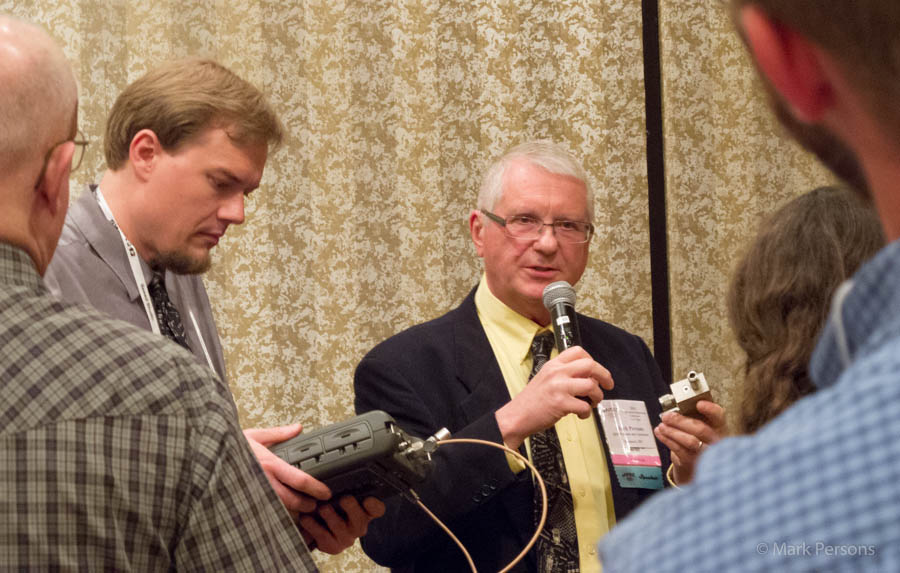 |
|
|
Shane and I talked about using
a return loss bridge to
tune a
shorted quarter wave stub trap and
tune an FM
broadcast antenna.
|
|
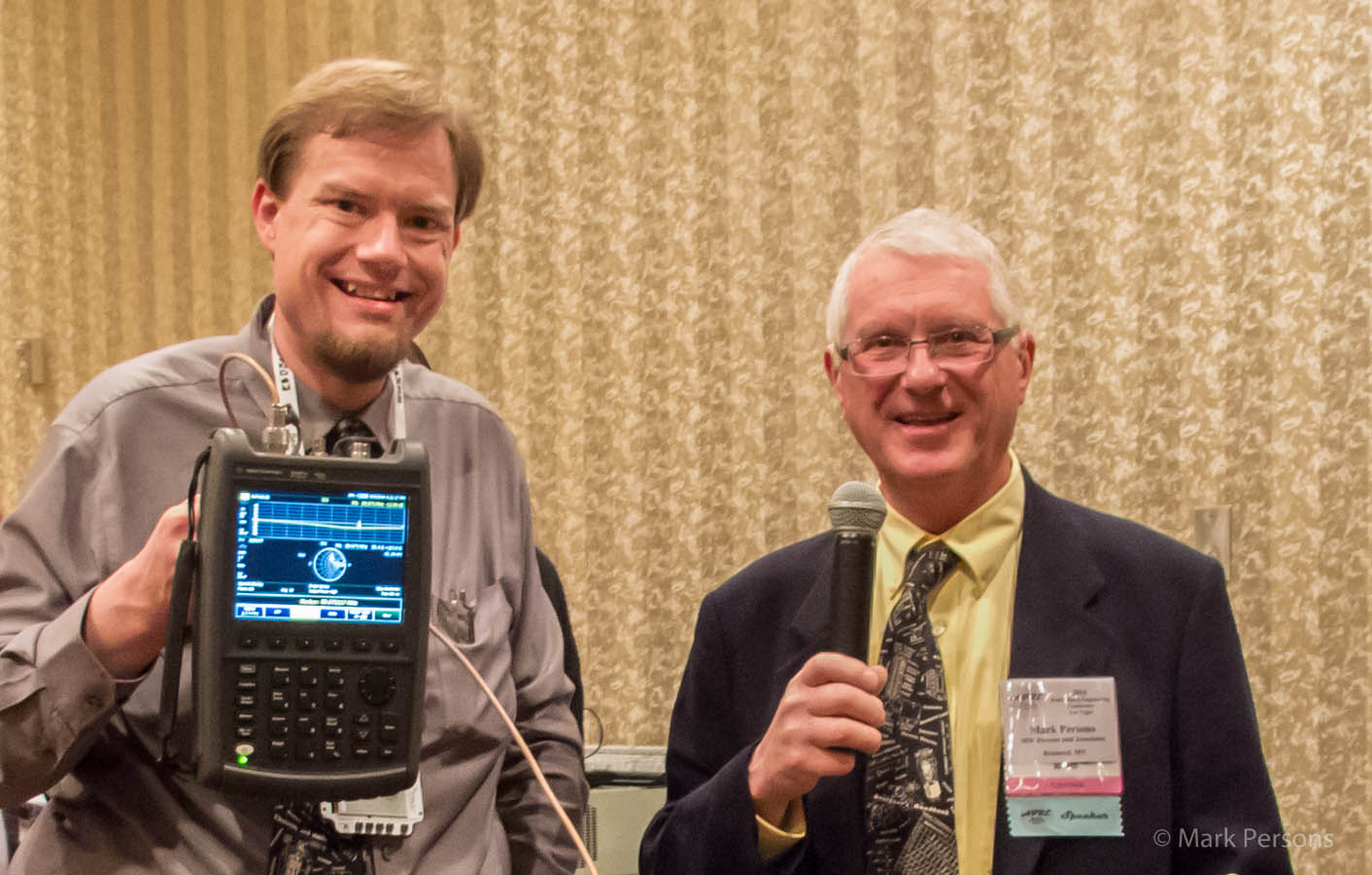 |
|
|
Shane used an RF spectrum analyzer with built-in
tracking generator and return loss bridge. The display showed return loss
and a Smith Chart. Shane is a long-time friend and wonderful guy. |
|
|
The stories go on and on. Stop in
again sometime. I'll leave the soldering iron on for you.
Mark W. Persons SBE CPBE, CBNT, AMD Ham W0MH
|